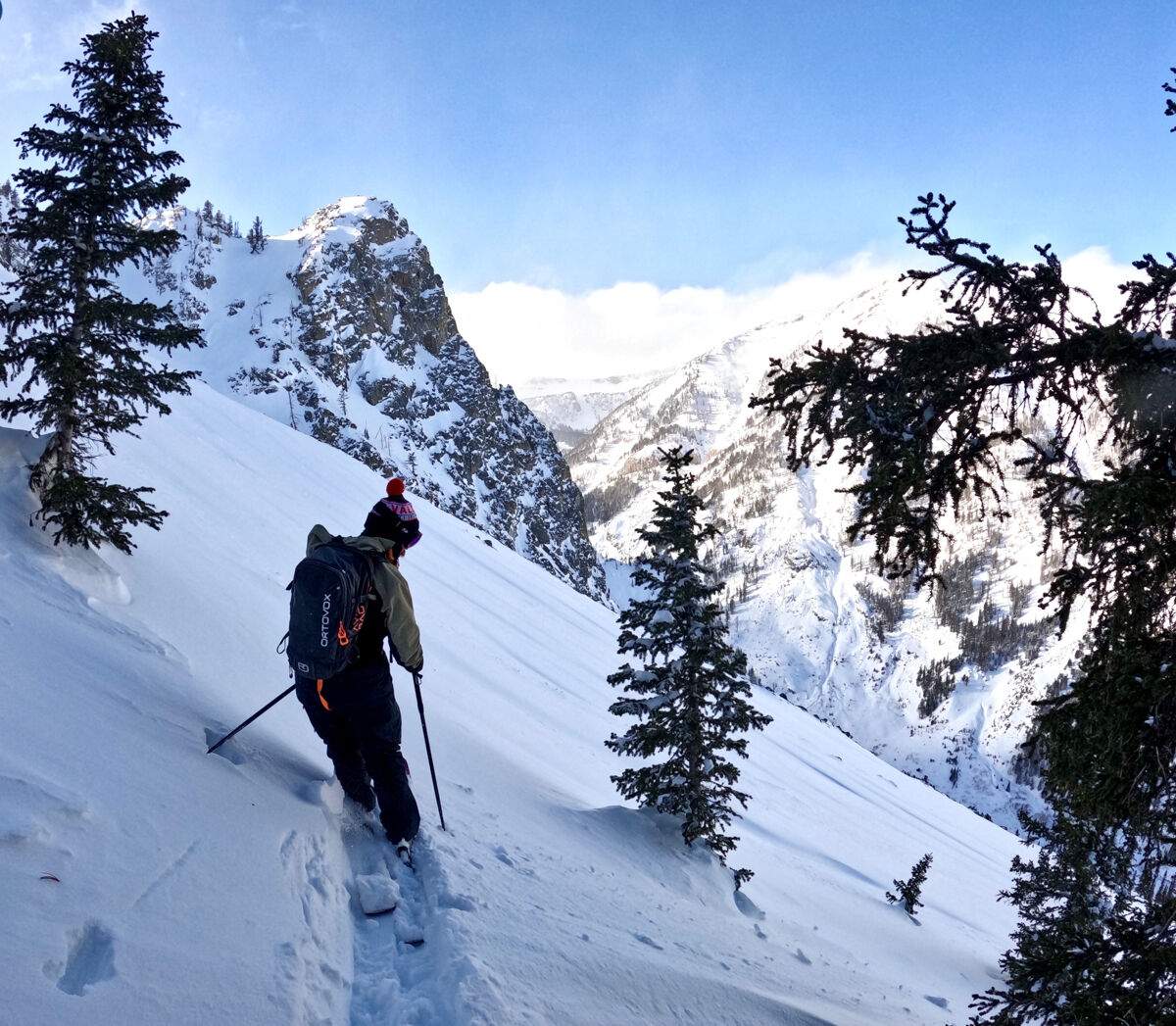Atomic Hawx Prime 130 S BOA Ski Boot Review
Oh, ski boots, why do I have such a love-hate relationship with them?! Well, I will tell you why. As a member of the Hobbit Foot Club, it’s a great time to be in the market for new boots. Not too long ago, there were next to zero options for a skier looking for a size 24.0 boot with a 100ish mm last in a 130 flex, but nowadays, almost every boot brand sells a model that meets this criteria!
Atomic Hawx Prime On Snow Results
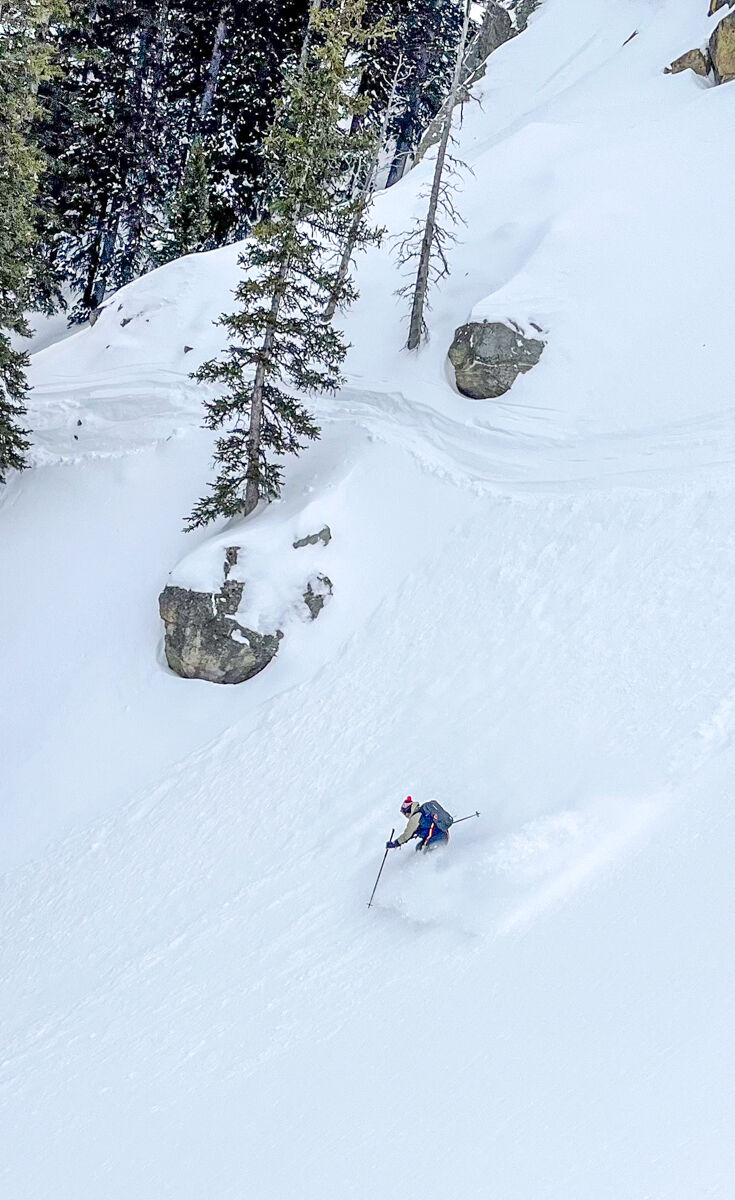
For the last month, I have had the pleasure of skiing in an Alpine ski boot that wasn’t a Lange for the first time in more years than I can recall. Once I landed on a boot that finally fit my short and wide foot, I didn’t want to mess with success! The boot I’ve been in for the past month is the Atomic Hawx Prime 130 S BOA. I was eager to try this boot out because not only did it feature the BOA Fit System but also Atomic’s Memory Fit Shell and Mimic Platinum Liner, which are adaptable to the skier’s foot.
Hawx Prime Ski Boot Features
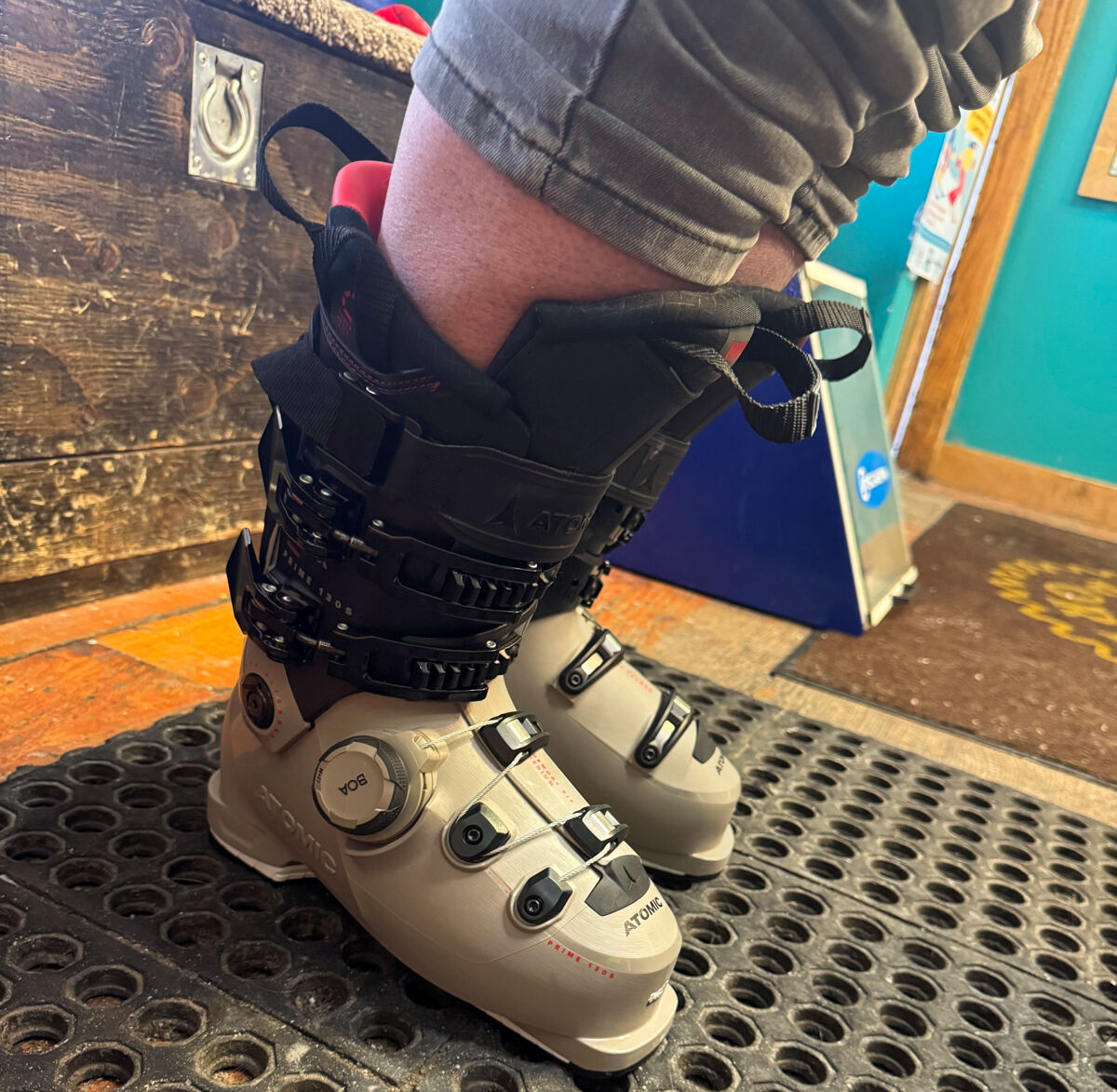
From the soles up, the Atomic Hawx Prime 130 S is a feature-rich, well-thought-out, adaptable boot that ensures that most skiers will get a great fit and performance almost right out of the box! Features like 3 forward lean adjustment angles of 13°/15°/17° and adjustable flex are made possible by Atomic’s Power Shift interface on the rear spine of the boot. A canting cuff, removable spoiler, and adjustable cuff construction do an amazing job of creating a seamless lower leg-to-boot interface.
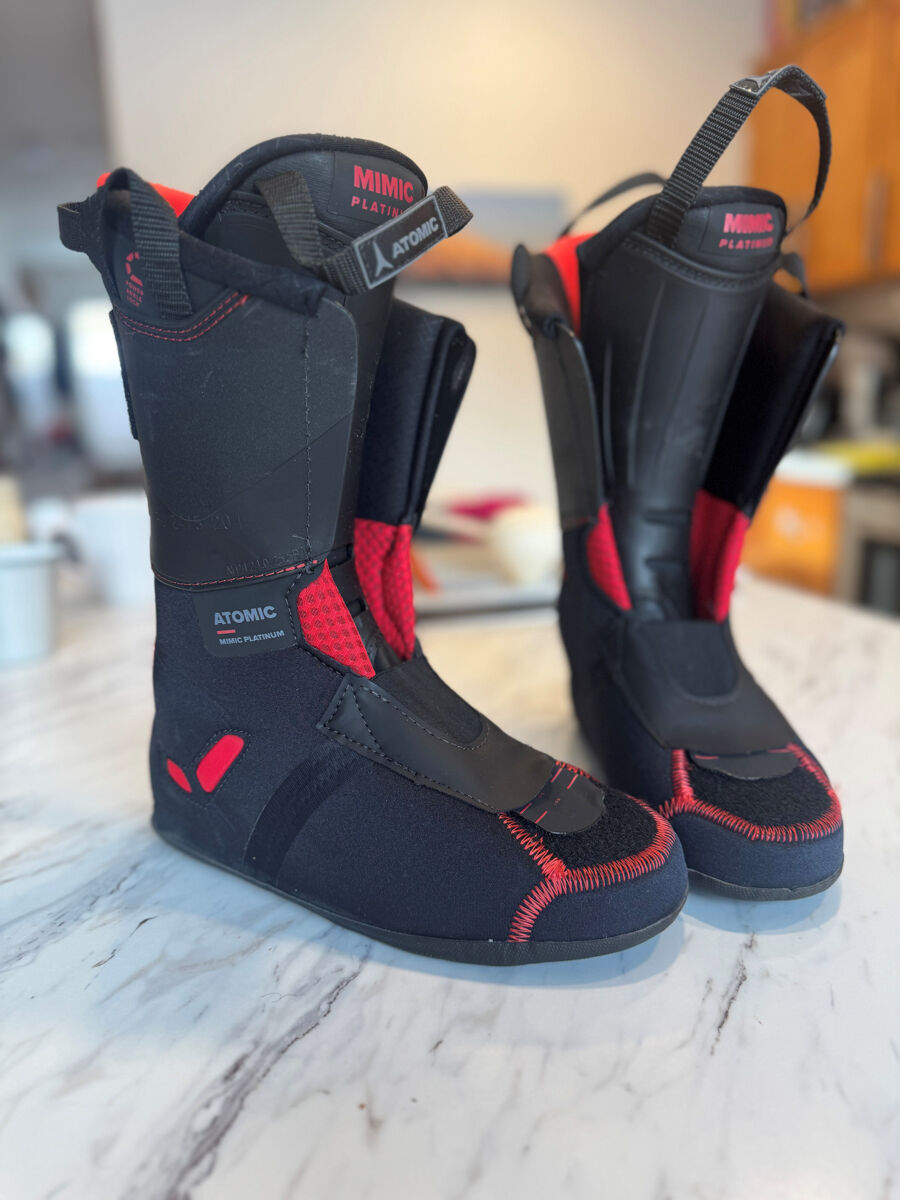
With all this technology packed into a single boot, I felt like I was sure to get a great fit, and in fact, I did! I immediately heat-molded the Mimic Platinum liners to let the Power Ankle Lock material do its thing as well as made some room in the toe box. The tongue on the Mimic liner is fastened by Velcro, and that allows for adjustment in its placement on top of the foot. I had noticed that the boot was a little too snug over the instep, so I repositioned the tongue to alleviate that issue.
With the liners now molded to my feet, I was able to get out and put the boot through the paces without requiring any additional shell modifications. The first thing I noticed in the performance department was the lateral control that it had. So much so, the Hawx Prime 130 S BOA had no issue driving a 188cm Atomic Redster FIS GS ski (after swapping out the Grip Walk soles for Alpine soles) or a floaty pair of DPS Lotus 124 on a powder day !
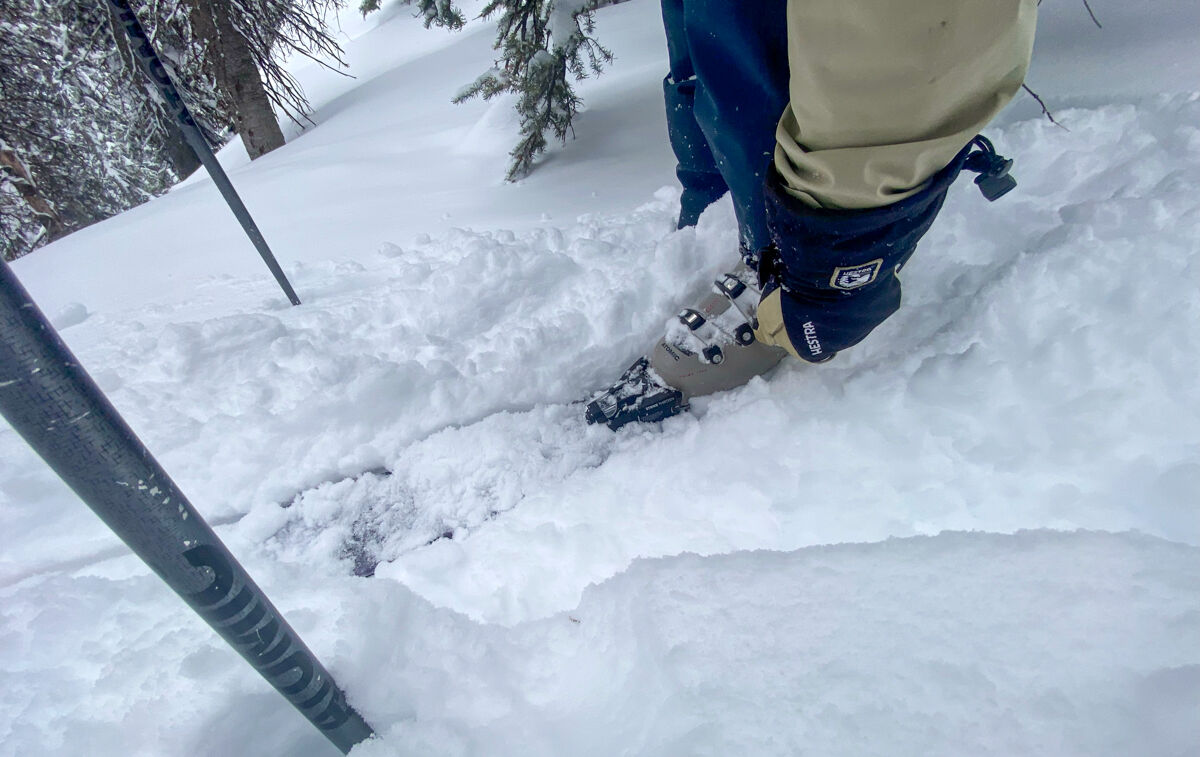
The second thing I noticed was that for the most part I could set the BOA Fit System and the buckles go multiple runs without having to unbuckle and rebuckle in between runs, which was almost always the case in my previous ski boots. The BOA fit system is integrated into the lower of the shell and provides an even cradle all around my foot with no pressure points that one finds with a traditional four-buckle boot.
I have found that I don’t need to over-tighten the BOA system but rather have it just snug, and that does the trick, good-bye navicular pain! One neat feature of the BOA H+i1 fit system is that if you do happen to over-tighten the laces, you can easily loosen it by turning the BOA dial anti-clockwise just a click or two. I’ve found this very beneficial while on my quest to find untracked powder in the Jackson Hole Backcountry as it typically involves boot packing and sidestepping for either access or egress.
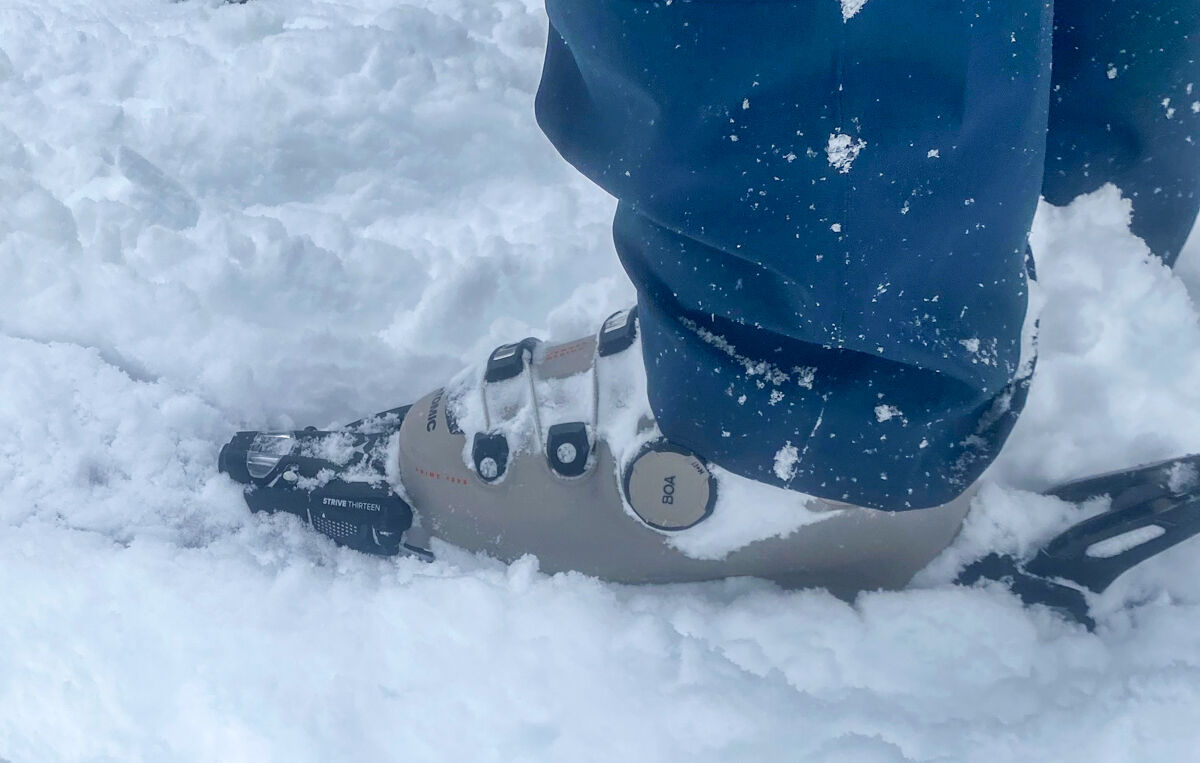
Before BOA, I would just completely unbuckle my boots to allow for some wiggle room, but with the BOA Fit System, I am able to spin the dials a couple of clicks anti-clockwise, which results in achieving comfort and retaining the ability to navigate rutted-out death luge back inbounds.
Why Proper Fitting Ski Boots Matter
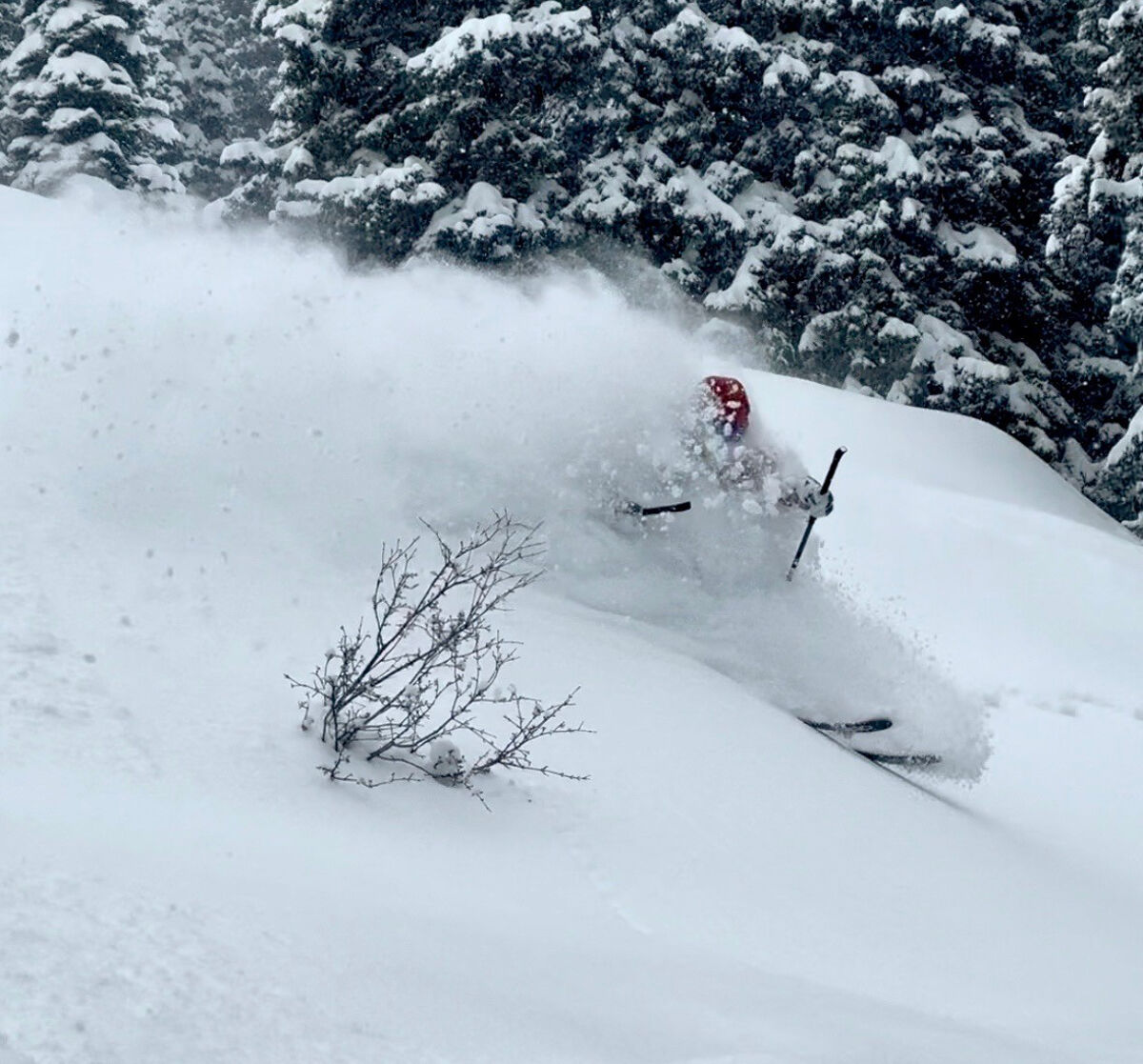
My journey into a proper ski boot began shortly after I moved to Jackson, WY, in 2003. I moved here from the metro-Detroit area with a pair of Olin DTSL skis and a size 26 Tecnica with who knows what flex or last that I got fitted at the reputable local ski shop. Turns out that size 26 was definitely a “comfort” vs. “performance” fit to accommodate my short but wide foot. I quickly learned when trying to navigate the infamous steeps that Jackson Hole Mountain Resort has to offer that this boot wasn’t going to cut it! No matter how tight I’d buckle the boots, I still struggled with eking out enough performance to control skis how I wanted to and would leave the mountain with both sore feet and a sore ego, pretty much a lose-lose situation.
These first painful months in Jackson Hole inspired me to go on a quest to find that Goldilocks boot, and it turns out in 2003 that boot really didn’t exist! What existed back then were soft-flexing “bucket boots” as they are referred to by ski shop employees for the generous internal volume that would accommodate the beefiest of feet but lack any performance. After a handful of years and just as many boots purchased, Lange came out with the RX130. This boot revolutionized skiing for me, and up until a few seasons ago, I was ride-or-die to the RX 130 model through all of its iterations and paint jobs.
Between the early 2000s and now, a lot has changed in the ski boot industry. Boots are now more anatomically shaped based on research and feedback from bootfitters and analysis of 1000s of feet. Plastics have also improved, which has resulted in better performance, lighter weight, and making them easier to get in and out of. With all these improvements in the boot shells, one thing remained the same, and that was the buckles. Over the last couple of decades, we’ve seen alpine ski boots with anywhere from 2 to 4 buckles in a variety of configurations, but just a couple of years ago, BOA introduced the H+i1 Fit System, which changed how the boots get “buckled.” While the cable lace closure system has been in use for alpine touring boots for a while now, based on my experience from owning a few pairs, I felt they clamped down directly on the top of my foot, creating excruciating pain.
I can recall 3 alpine touring boots in recent years that I bought and sold within a handful of days skiing because they lacked a secure hold on my foot and were not comfortable to be in! One would think these past experiences would have made me write off even trying an alpine boot with the BOA Fit System, but I was intrigued as this system was different, and I have an insatiable appetite for new ski gear! Rather than completely reinventing how an overlapping two-piece boot shell encompasses the foot, it takes a proven design and enhances upon it. The two traditional buckles on the top of the foot have been replaced with a zig-zagging cable lace and an alpine boot purpose-built BOA dial.
Overall Impression
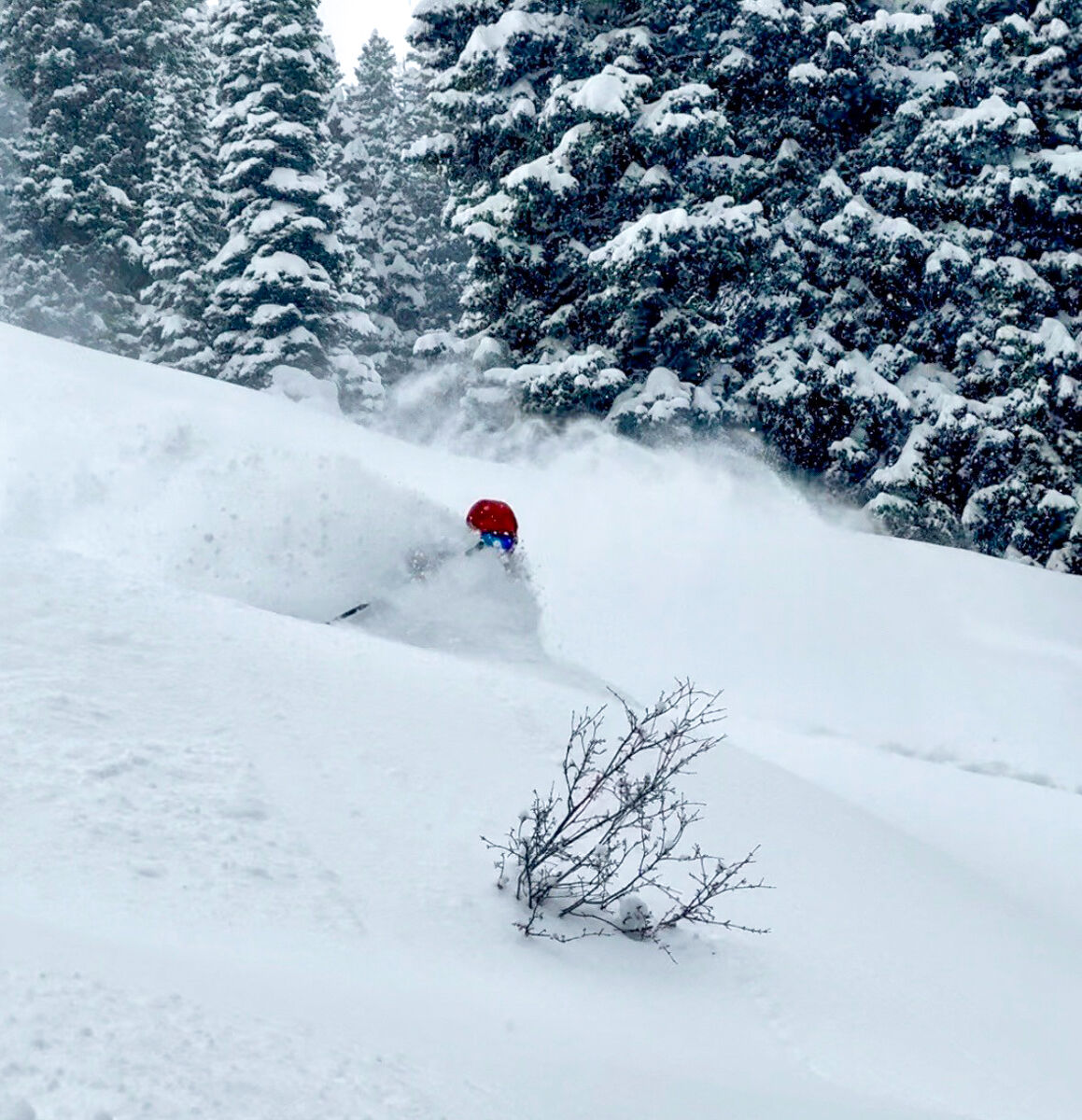
In my book, the Atomic Hawx Prime 130 S BOA Ski Boot ($1,049.95) is a winner, and as a testament to this, I have adjusted all of my bindings to this boot! I have finally found that Goldilocks boot that gives me the power and performance I have been looking for while allowing me to ski all day in comfort! Based on these experiences and the adaptability of the shell and liner I highly recommend the Atomic Hawks Prime 130 S with the BOA H+i1 fit system.
-

 Amazon US$889.95Buy Now
Amazon US$889.95Buy NowAmazon.com Price: $889.95 (as of 12/28/2025 12:45 MST) Details
Product prices and availability are accurate as of the date/time indicated and are subject to change. Any price and availability information displayed on Amazon.com at the time of purchase will apply to the purchase of this product.
-
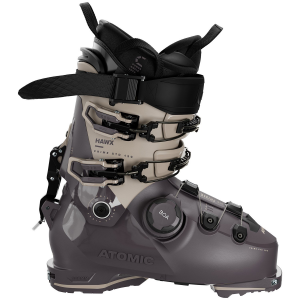
 evo$999.95Buy Now
evo$999.95Buy Now

